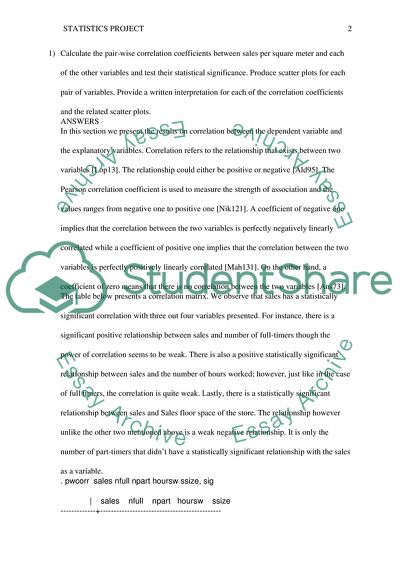Cite this document
(Existing Relationships between the Response Variable: Sales and Four Assignment Example | Topics and Well Written Essays - 1750 words, n.d.)
Existing Relationships between the Response Variable: Sales and Four Assignment Example | Topics and Well Written Essays - 1750 words. https://studentshare.org/statistics/1867615-statistics-project
Existing Relationships between the Response Variable: Sales and Four Assignment Example | Topics and Well Written Essays - 1750 words. https://studentshare.org/statistics/1867615-statistics-project
(Existing Relationships Between the Response Variable: Sales and Four Assignment Example | Topics and Well Written Essays - 1750 Words)
Existing Relationships Between the Response Variable: Sales and Four Assignment Example | Topics and Well Written Essays - 1750 Words. https://studentshare.org/statistics/1867615-statistics-project.
Existing Relationships Between the Response Variable: Sales and Four Assignment Example | Topics and Well Written Essays - 1750 Words. https://studentshare.org/statistics/1867615-statistics-project.
“Existing Relationships Between the Response Variable: Sales and Four Assignment Example | Topics and Well Written Essays - 1750 Words”. https://studentshare.org/statistics/1867615-statistics-project.


